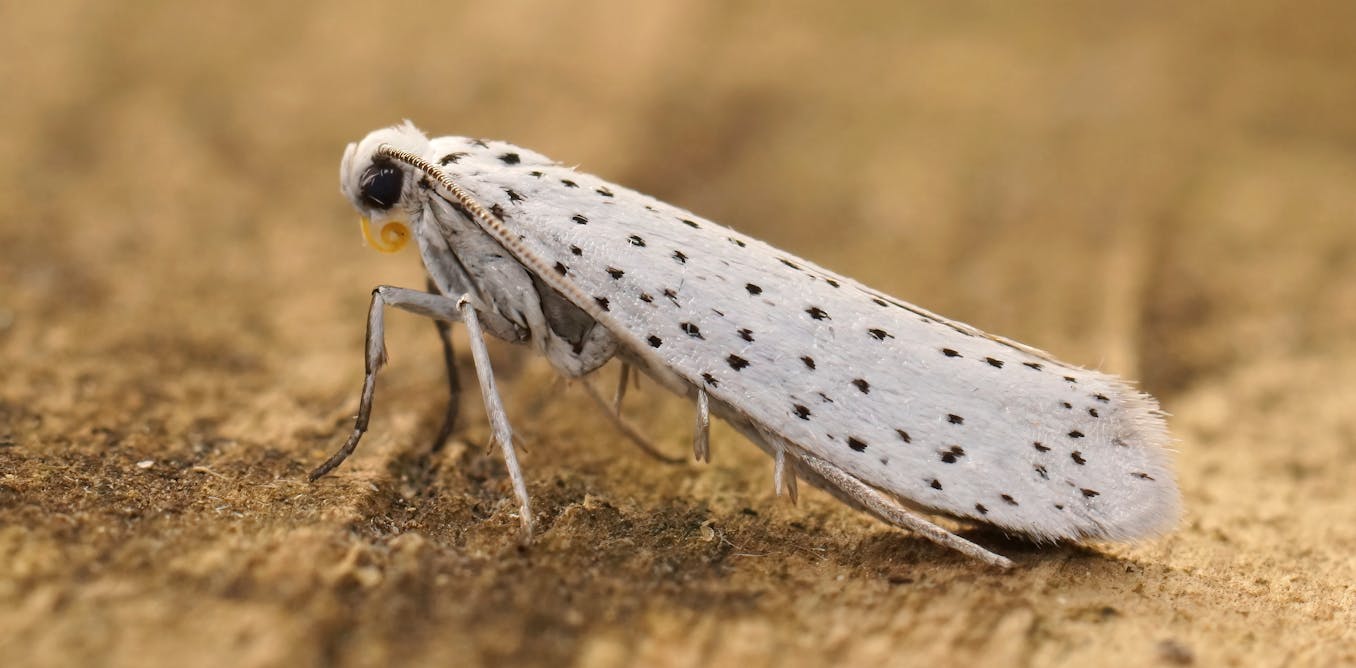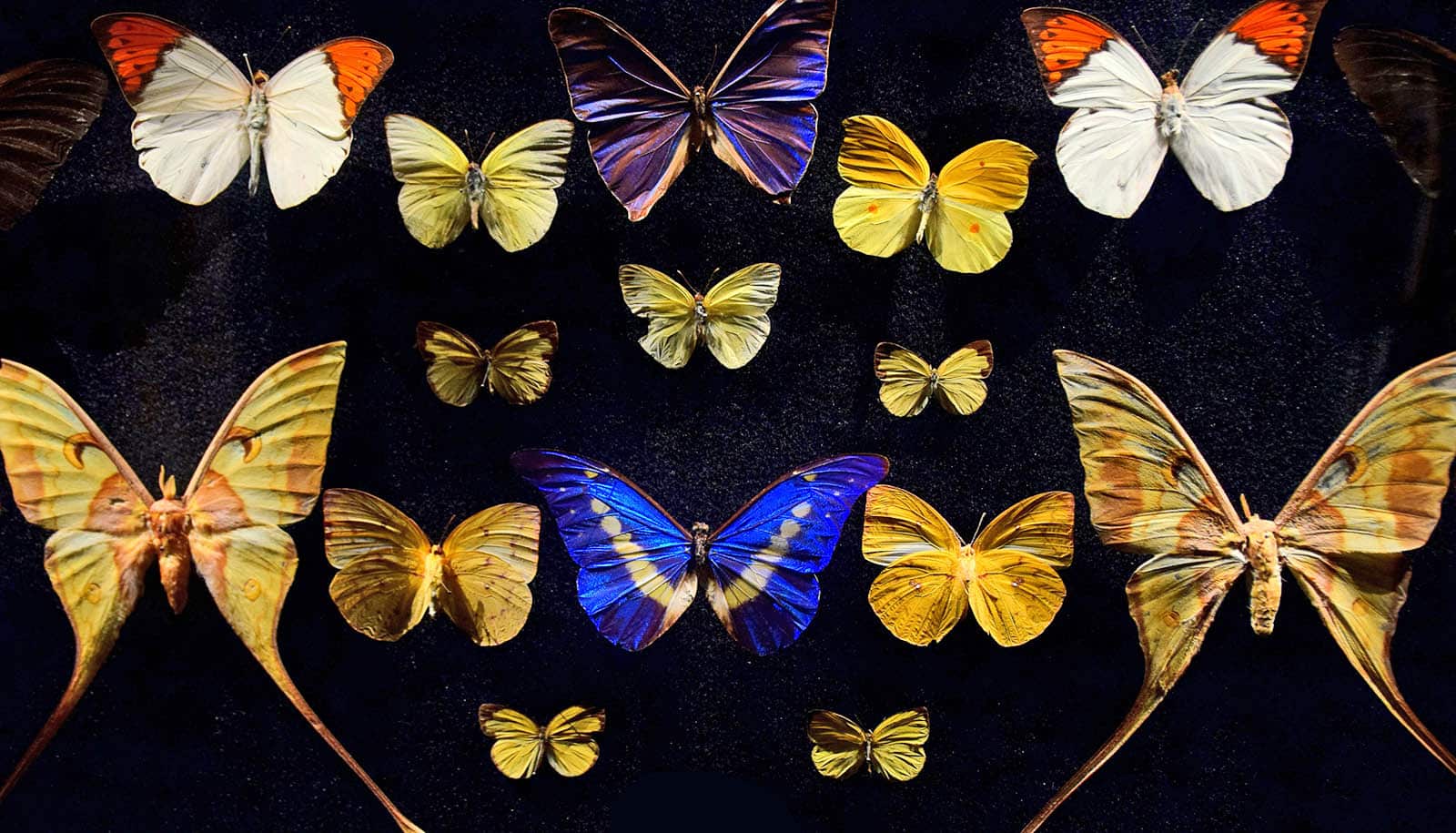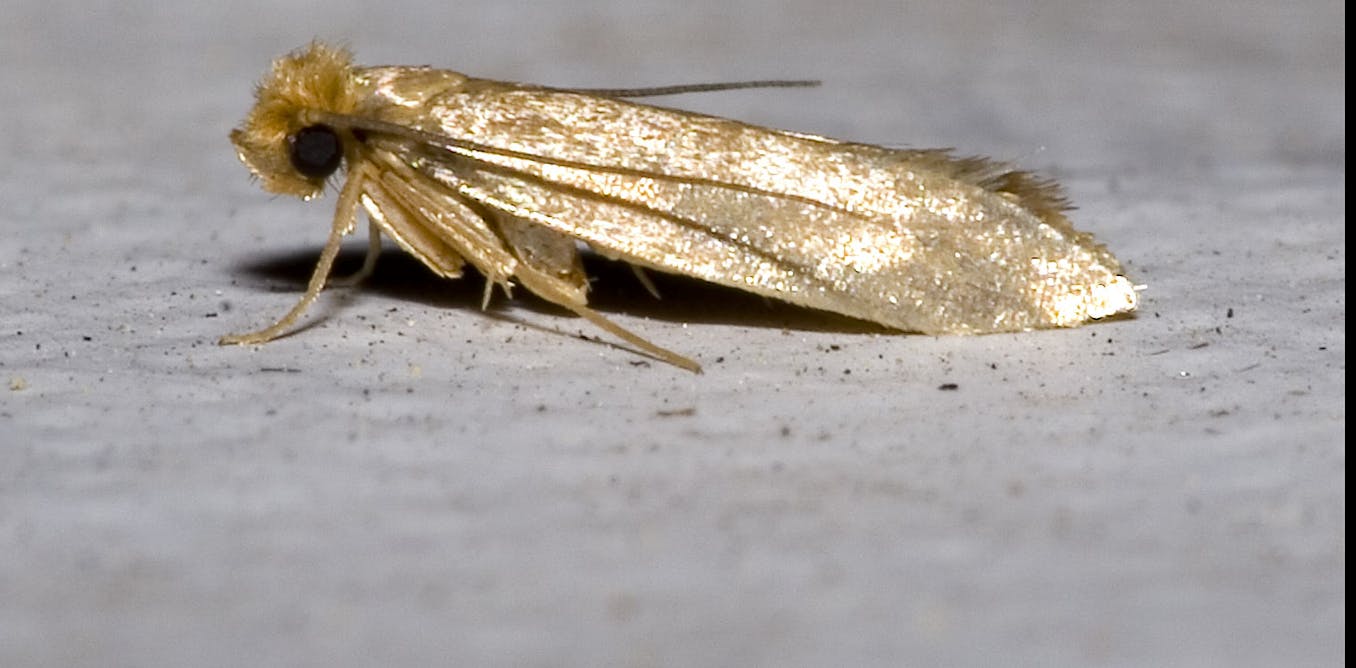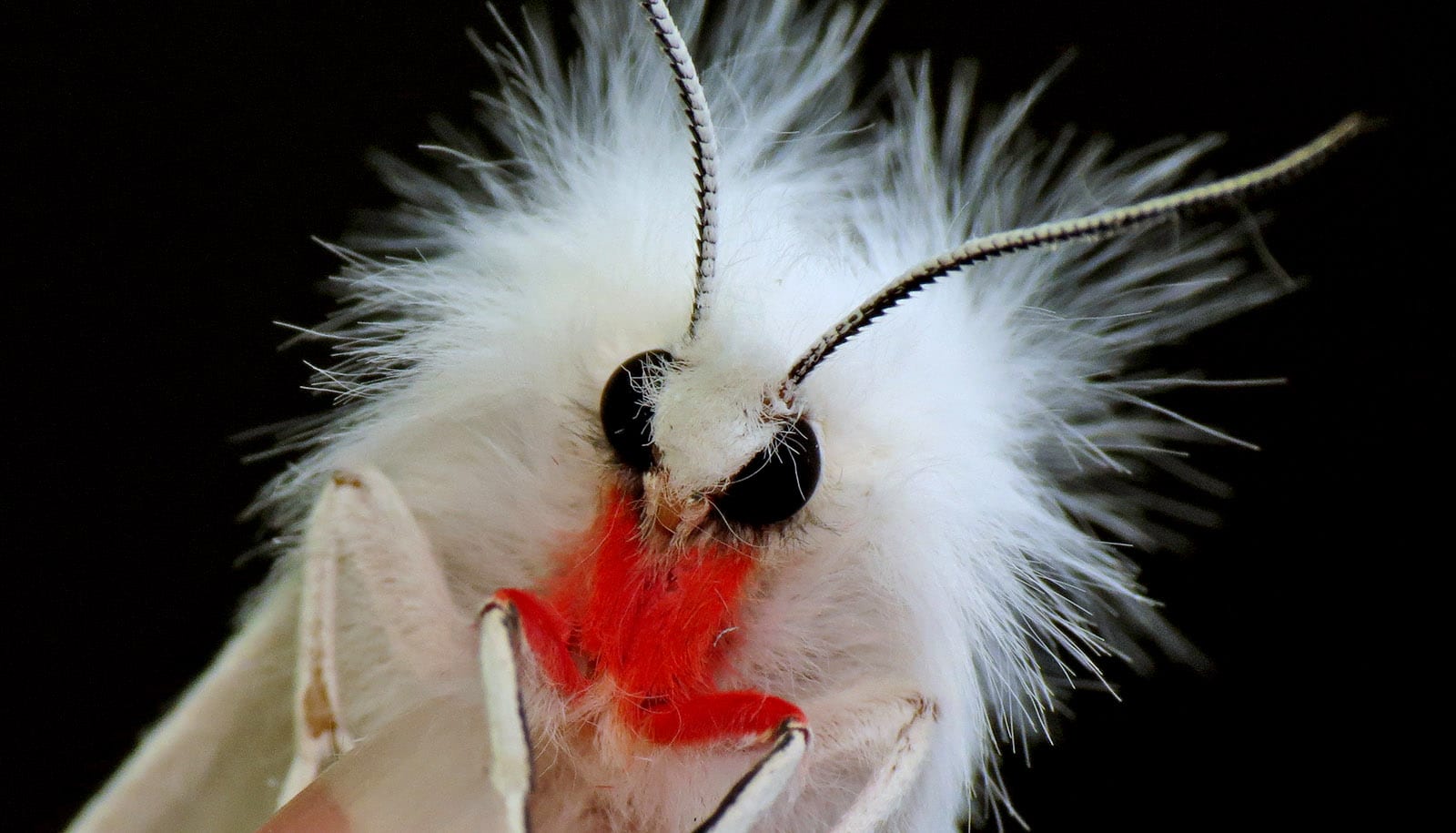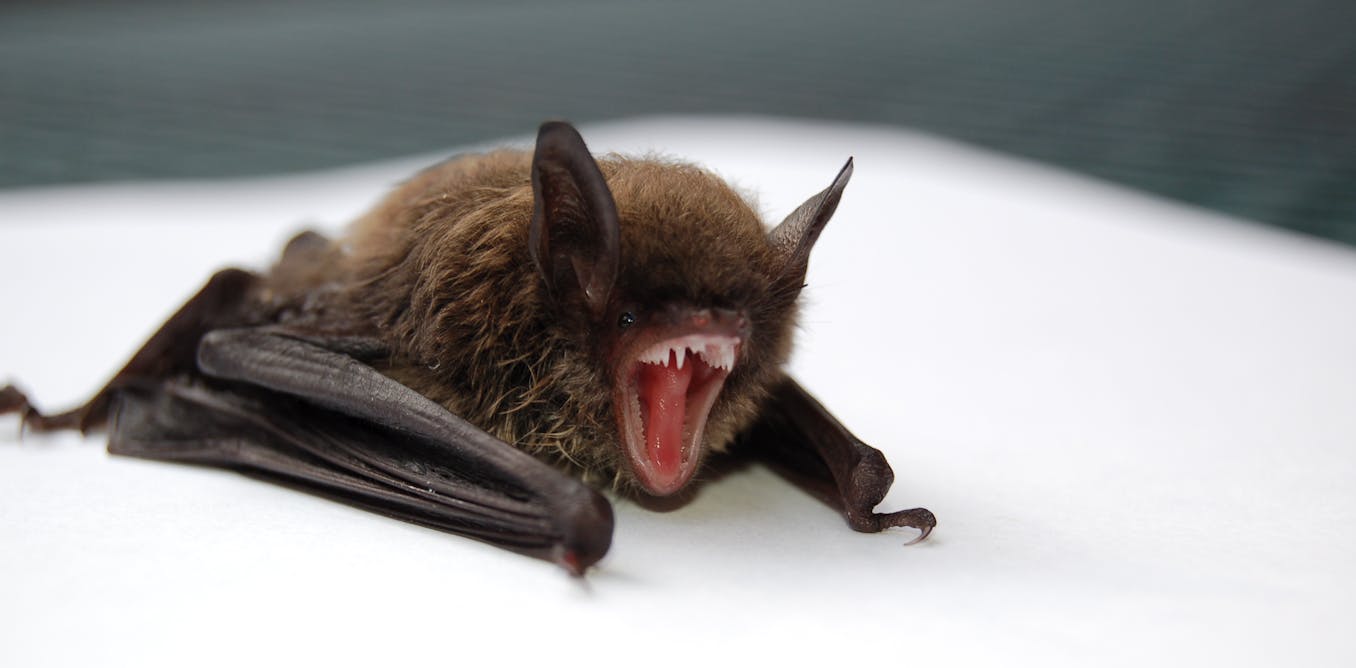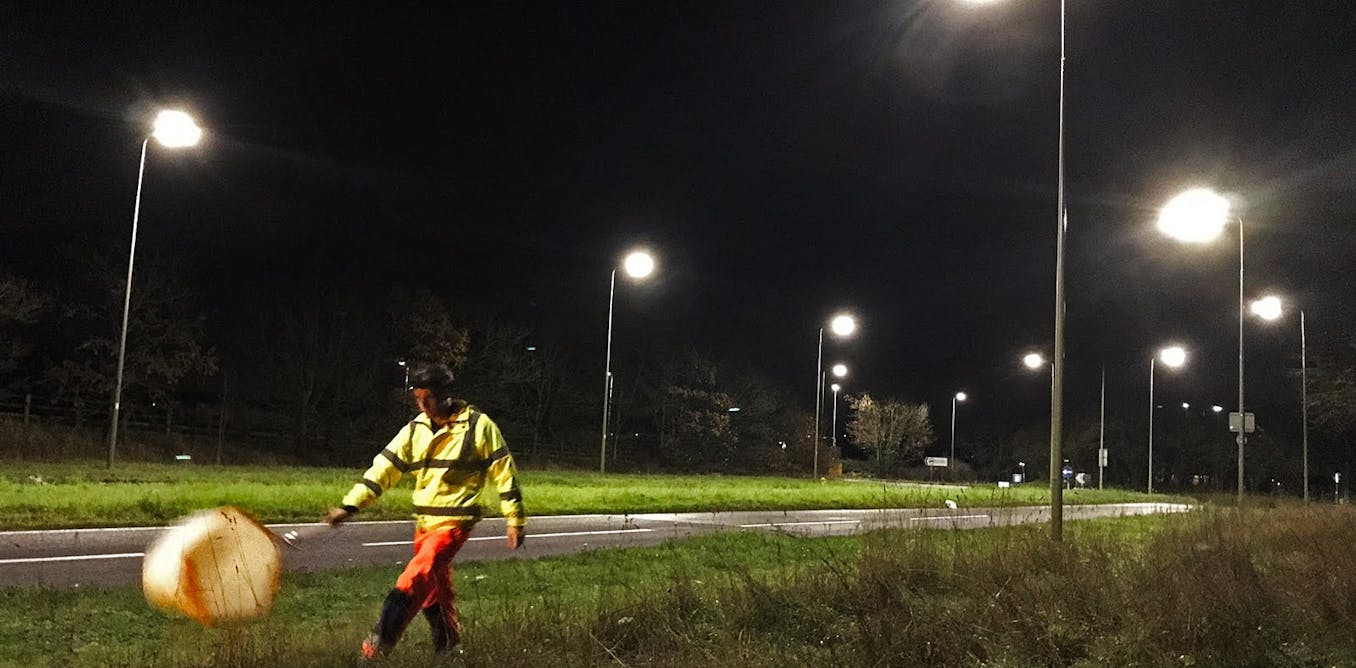Three ways climate change is pushing butterflies and moths to their limits
Climate change puts pressure on British butterflies and moths - sometimes pushing them to the edges of their geographical range or shifting the timing of their life cycle so they can’t feed.
Feb. 29, 2024 • ~8 min


